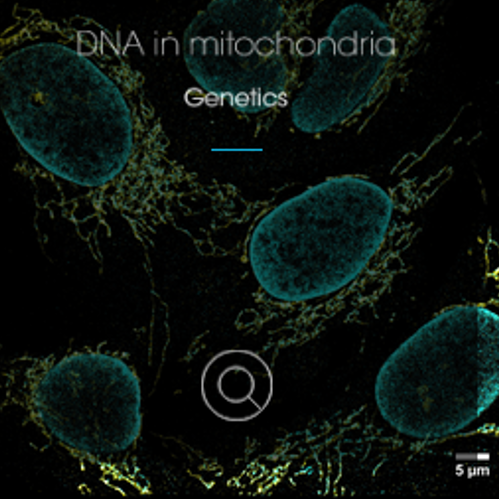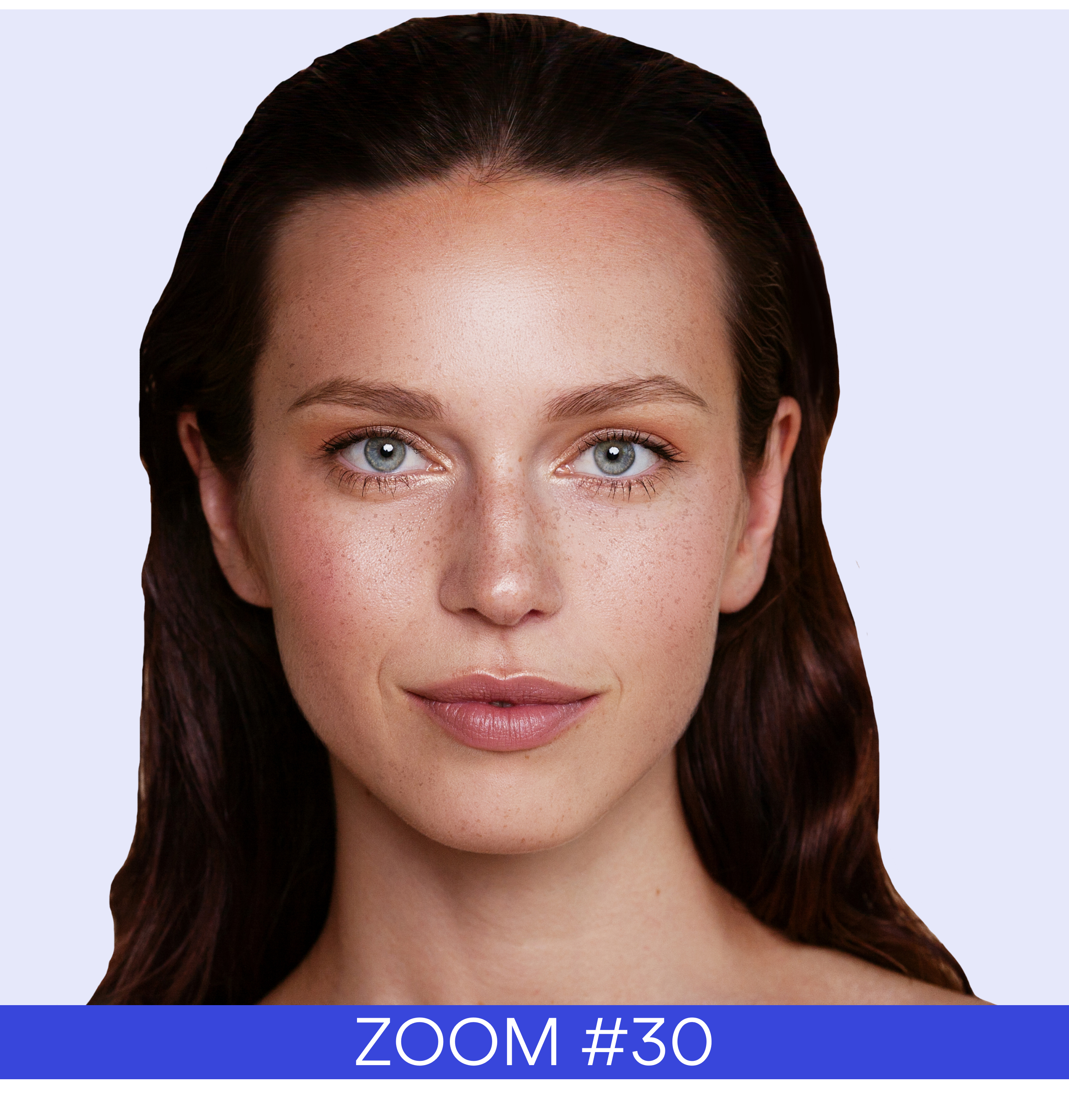When applied to fixed samples, Single-Molecule Localization Microscopy (SMLM) gives rise to high-resolution images of biological structures. Reconstructing images of immobile structures is, however, not the only application of this powerful technology, and gaining access to the movement of single molecules can be equally informative. Single-particle tracking (SPT) has always raised interest in the microscopy community, and even more so since the discovery of single-molecule techniques.
What is SPT?
In fluorescence microscopy, the principle of tracking is to follow the motion of a fluorescent entity over time in living cells. This entity can be a group of molecules, a full structure or, in the case of Single-Particle Tracking (SPT), a single molecule. SPT aims to monitor the movement of individual molecules, and to determine their trajectory, speed, diffusion coefficient etc.
Although FRAP can provide dynamic information at the population level, it cannot guarantee that individual molecules in the population behave the same way. SPT, however, addresses this issue by reconstructing the trajectory (or “track”) of each molecule individually.
How does SPT work?
In order to track the movement of single molecules in time, it is essential to, first, identify single molecules with confidence. Using Single-Molecule Localization (SMLM) techniques, has, therefore, been the natural choice for SPT since the discovery of PALM and STORM (two SMLM techniques; you can read more about PALM and about STORM). PALM and STORM rely on the use of photoactivatable, photoconvertible, or photoswitchable probes. What these probes have in common is that they can be controlled to emit light in a random and isolated manner, so that, at any given time, it is possible to determine the position of single molecules with high precision (typically 10-15 nm).
In SPT, the same probes are used, but in living cells instead of fixed cells. During an acquisition, single molecules are identified and tracked for several frames until they stop emitting light. The output is not an image of a biological structure, but a map of the trajectories of single molecules. This map can then be used to determine if the target molecules move fast or slow depending on where they are in the cell, whether there are two distinct populations, one fast-diffusing and one immobile, measure the diffusion coefficient, etc.
By Abbelight









 Follow us on Linkedin!
Follow us on Linkedin!